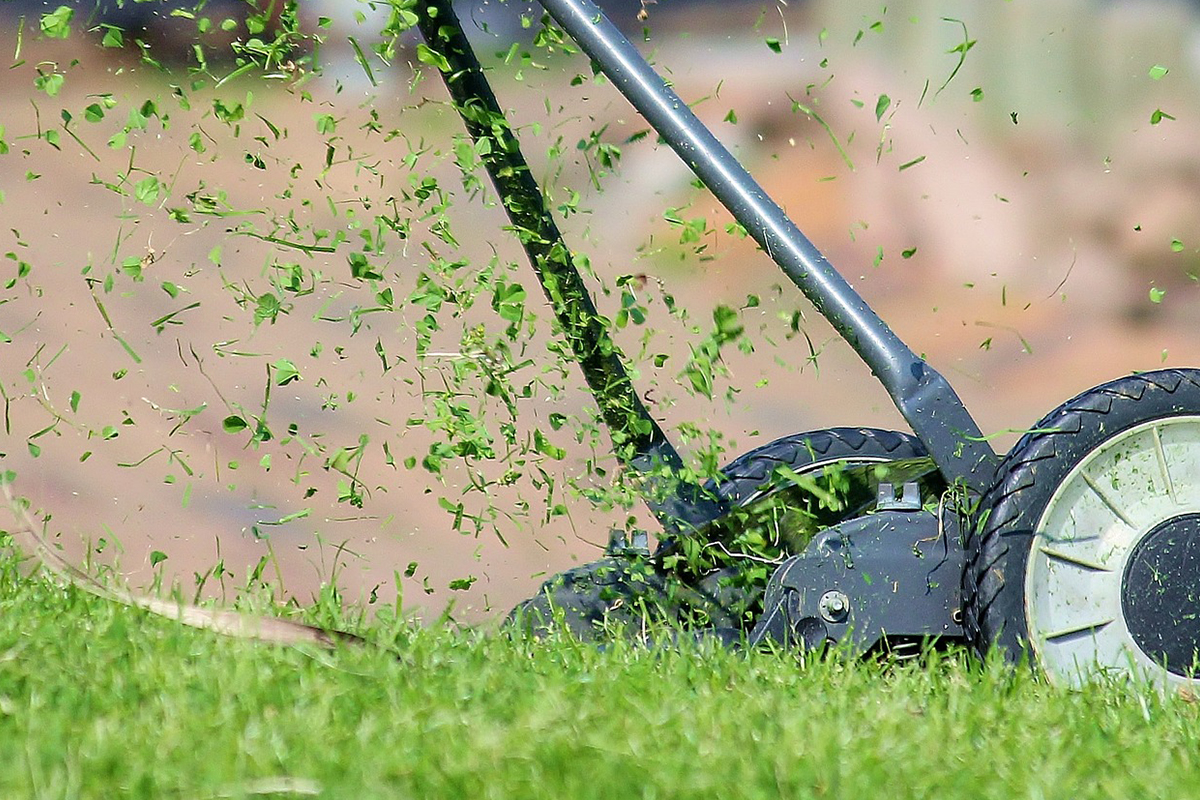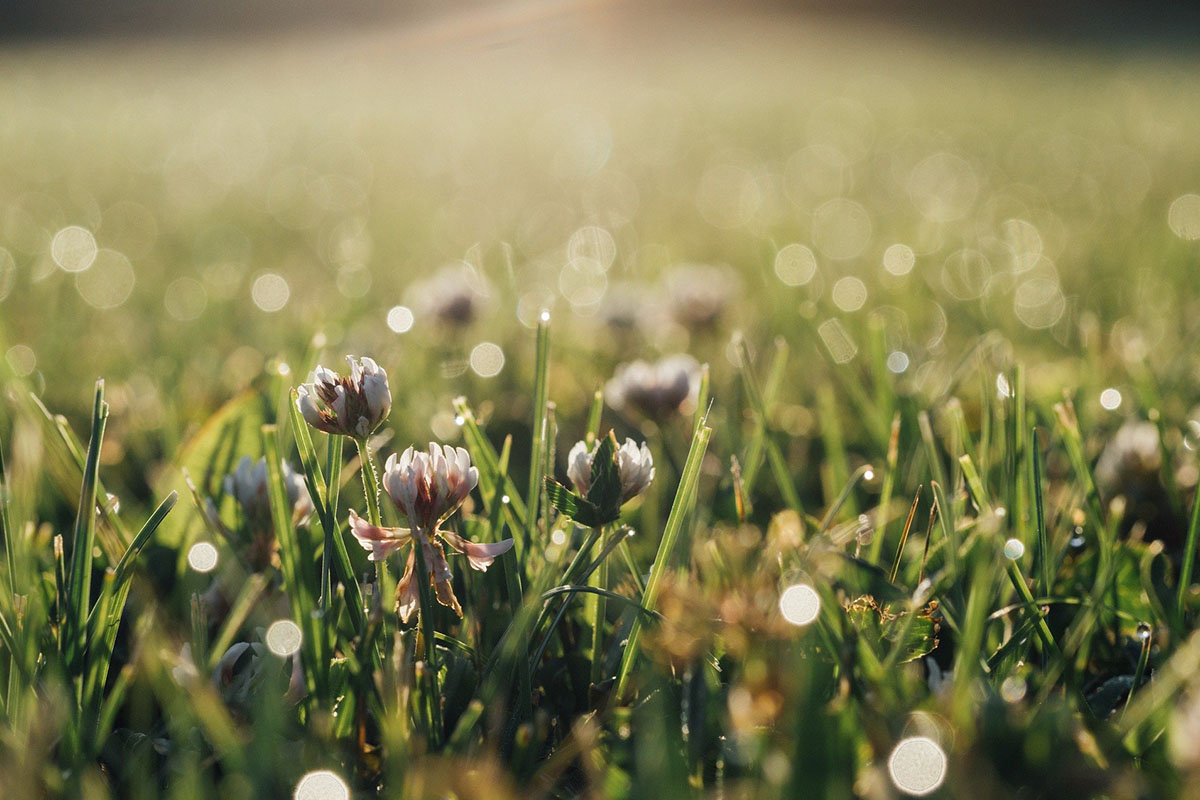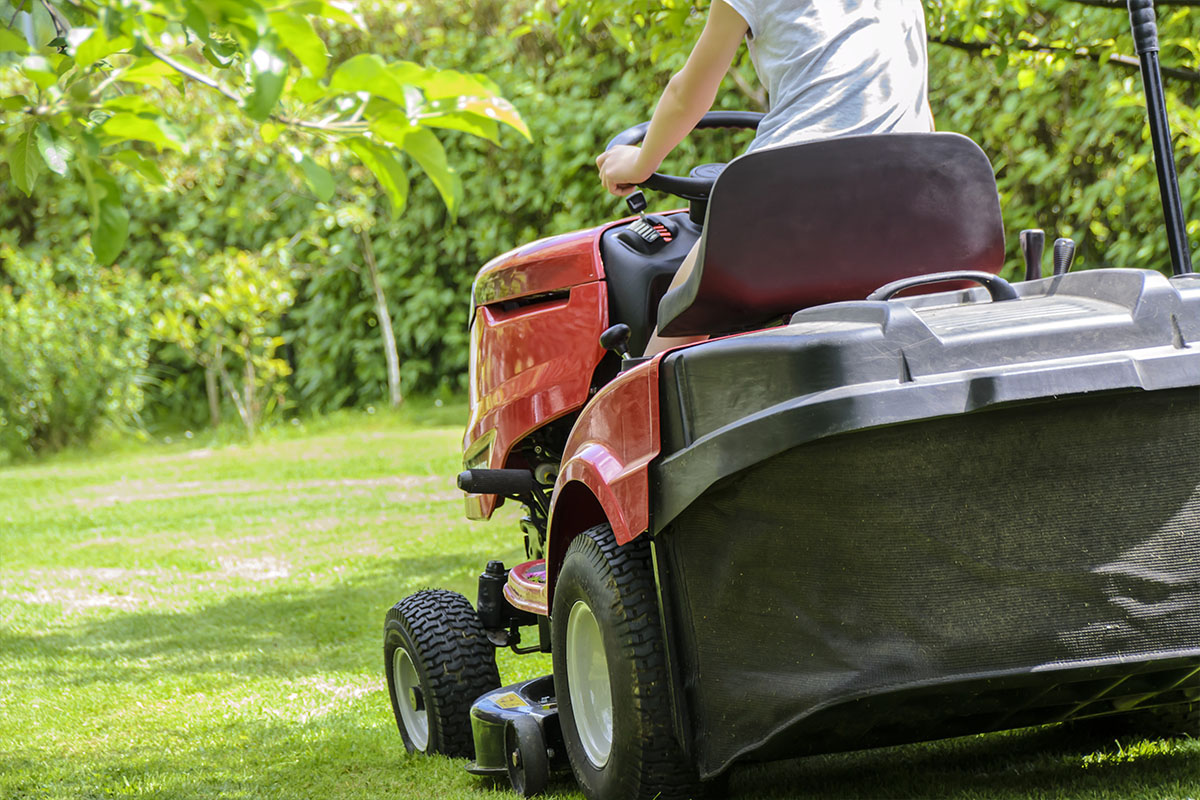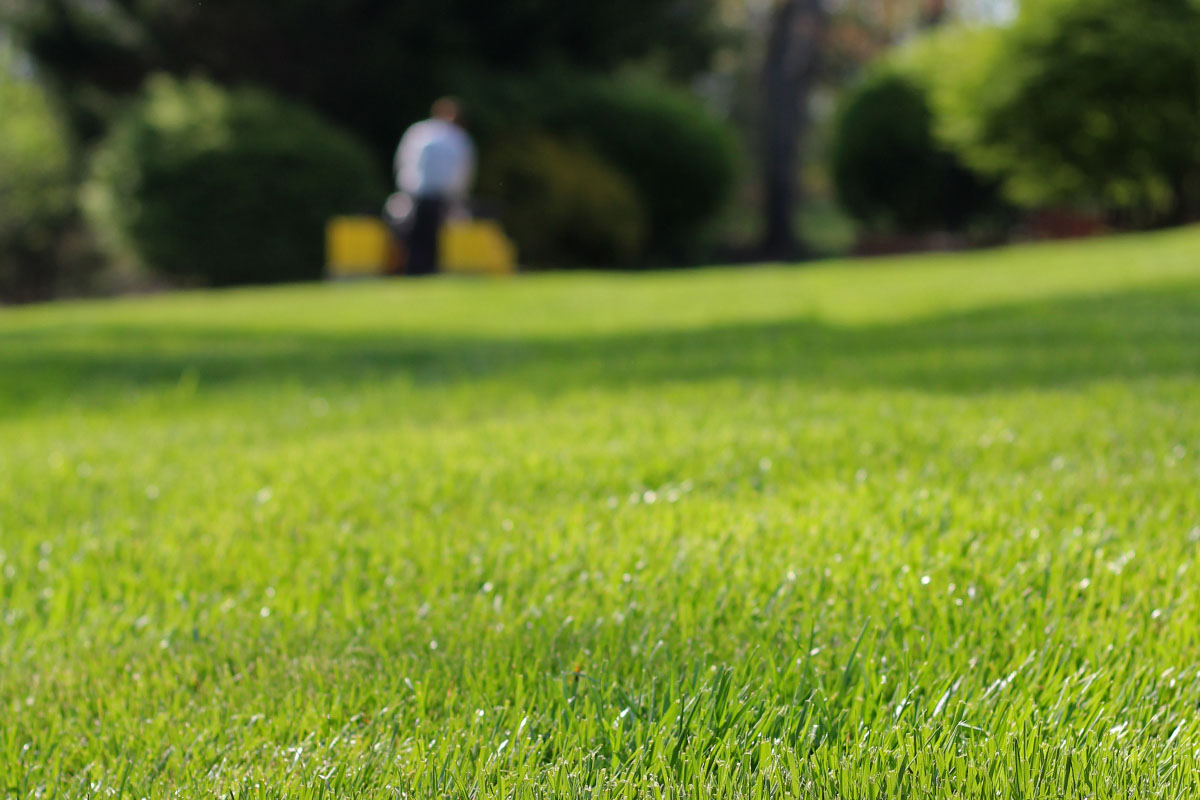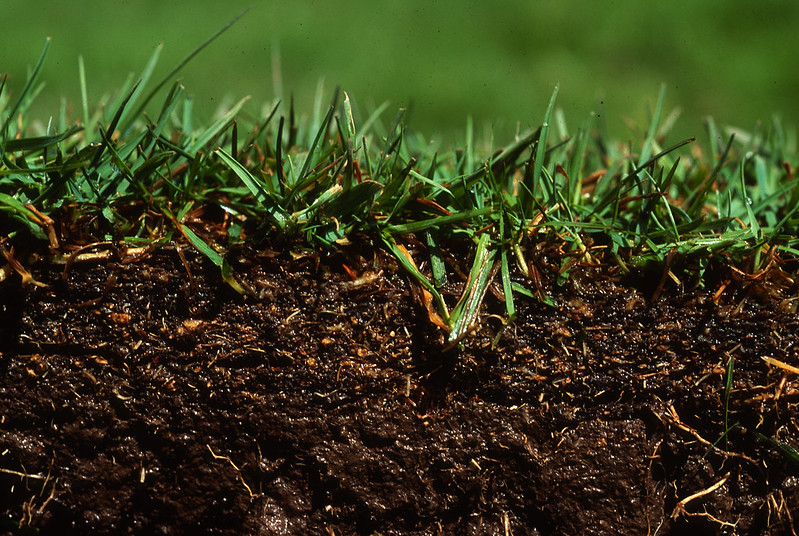We’re finally enjoying some more consistent spring-like weather here in the New River Valley. The trees are beginning to bloom and the daffodils and crocuses are providing pops of colors to our flower beds. Along with this spring growth, our lawns have started growing too, and Saturdays are once again filled with the sounds of lawn mowers firing up!
As we adjust to mowing season once again, a common question we get this time of year is about grass clippings. Should I bag grass clippings? Or leave them on my lawn? What are the pros and cons of each?
We thought we’d take some time to give the long answer to these questions to help you understand the benefits and risks of each method to your lawn and how it can affect overall turf health.
What should I do with my grass clippings?
Some homeowners love the look of a freshly mowed lawn completely free of grass clipping piles. However, raking and removing grass clippings from a mowed lawn is not only a grueling and unpleasant job, but it’s also a waste of space in the landfill.
Grass clippings contain significant amount of nitrogen, phosphorous, and potassium, which are the nutrients in fertilizer. We typically advise homeowners to leave clipping on the lawn to recycle these nutrients, which can help protect and grow your turf’s roots! The clippings typically decompose quickly and return nitrogen and other nutrients to the soil, which can actually reduce your need for fertilizer. So not only do you save yourself the labor of bagging and the landfill from the clippings, you could end up saving yourself money in fertilizer costs too!
However, like many things in life, moderation is key. Excessive clippings can smother your lawn, preventing it from getting the moisture and sunlight it needs to grow. So if you find that clippings remain on the lawn from the previous mowing, you may need to bag. This can happen in the spring and fall when grass growth is at its peak, and the clippings do not have time to break down between mowing. This can sometimes be related to what we call thatch buildup.
What is thatch and how does it affect my lawn?
Thatch is the layer of mostly dead turf grass between the blades and the soil. According to Penn State Extension:
“Thatch is a loose, intermingled organic layer of dead and living shoots, stems, and roots that develops between the zone of green vegetation and the soil surface. Those parts of grass plants that are the most resistant to decay—stem nodes, crowns, fibers of vascular tissues, and roots—make up the bulk of thatch. Thatch build up begins when turf produces organic debris faster than it can be broken down.”
In moderation, thatch is beneficial, because it can serve as an insulation to your turf, shielding it from extreme temperature and moisture swings. But if thatch builds up too much (more than 1/2 an inch), it can cause problems. Thatch that is too thick can prevent air, water, and nutrients from seeping down into the roots. It can also make your lawn more susceptible to diseases and insect infestations.
What is the relationship between thatch and grass clippings?
A common belief used to be that leaving grass clippings on the lawn would cause excess thatch buildup. However, research has shown that with proper lawn maintenance strategies, grass clippings do not cause a significant increase in thatch buildup. That’s because thatch is made up of those parts of the plants that don’t break decay as easily. Grass blades usually do break down easily.
According to VCE:
“Work at the U.S. Department of Agriculture has demonstrated that clipping removal for eight years only reduced thatch buildup 12% in Kentucky bluegrass turf. Tall fescue shows less tendency to produce thatch than Kentucky bluegrass; therefore returning clippings to tall fescue lawns is even less likely to increase thatch buildup.”
So really, the relationship between grass clippings and thatch buildup is minimal.
What can I do to make sure I have the right amount of thatch?
If we’ve convinced you that leaving grass clippings in moderation is the right choice for your lawn, and that you also want to have the optimal amount of thatch, the next question you’re probably asking is, how do I make that happen?
Since thatch buildup is caused when organic matter is produced faster than it is broken down, you can prevent excess thatch buildup by using good lawn maintenance strategies and avoiding practices that cause your turf to grow excessively fast.
DO:
- Use proper mowing heights (see chart below)
- Follow the 1/3 rule, never removing more than 1/3 of the leaf blade during a single mowing event.
- Keep mower blades sharp
- Mow when the grass is dry
- Consider core aeration in the fall
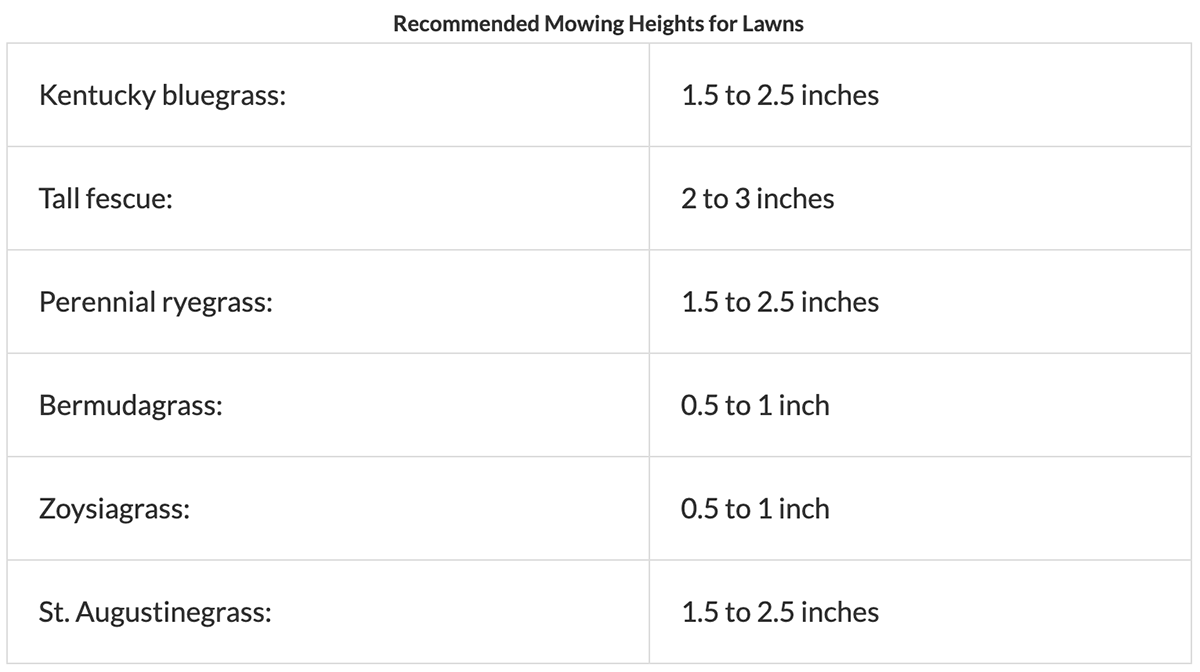
DON’T:
- Over fertilize, especially with nitrogen fertilizers
- Water your grass excessively
- Use too many pesticides
So, the short answer is—most of the time we recommend that you do not bag grass clippings. Of course there are exceptions, and if you have any questions, we’d love to answer them! Get in touch today if you’d like to talk more about our weed control, fertilization, and other lawn programs and how we can help improve the health of your turf during this growing season. In the meantime, happy mowing!

